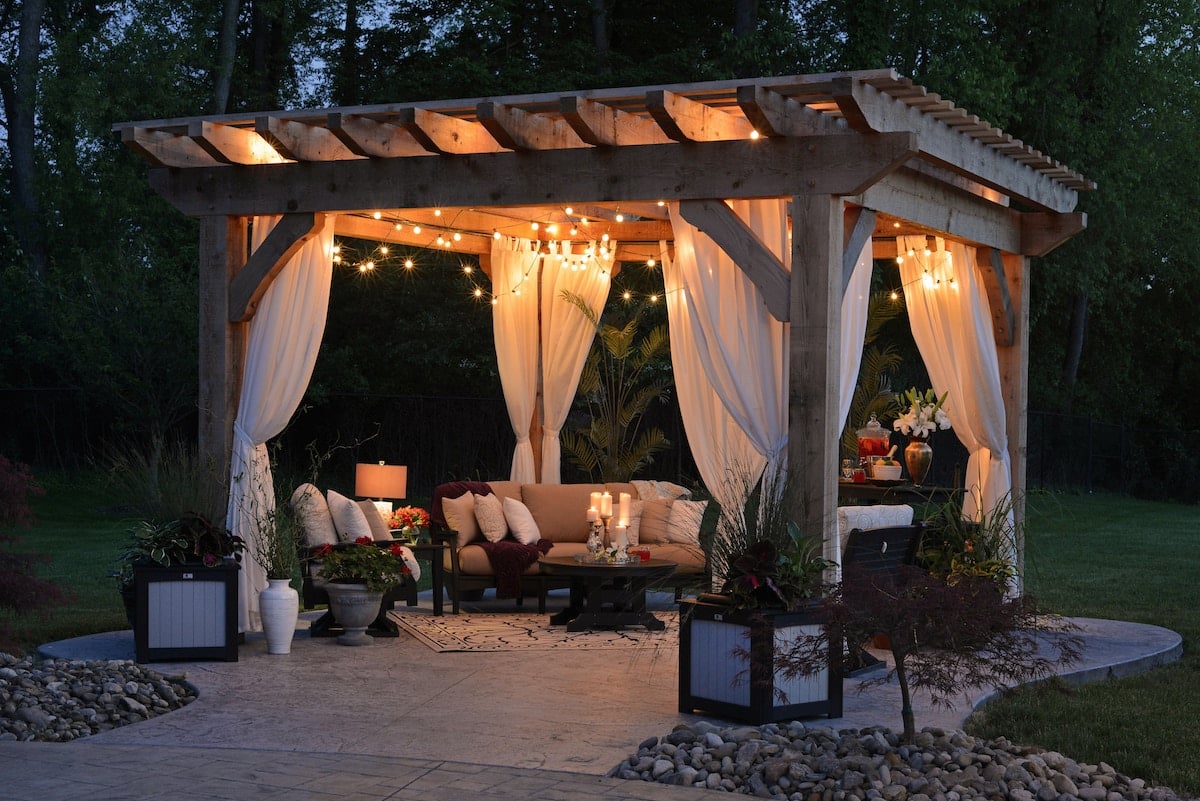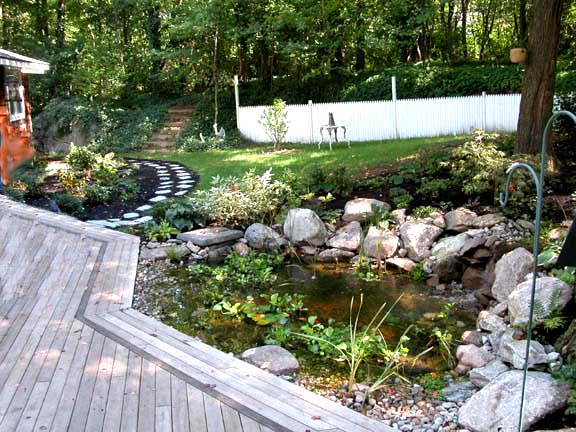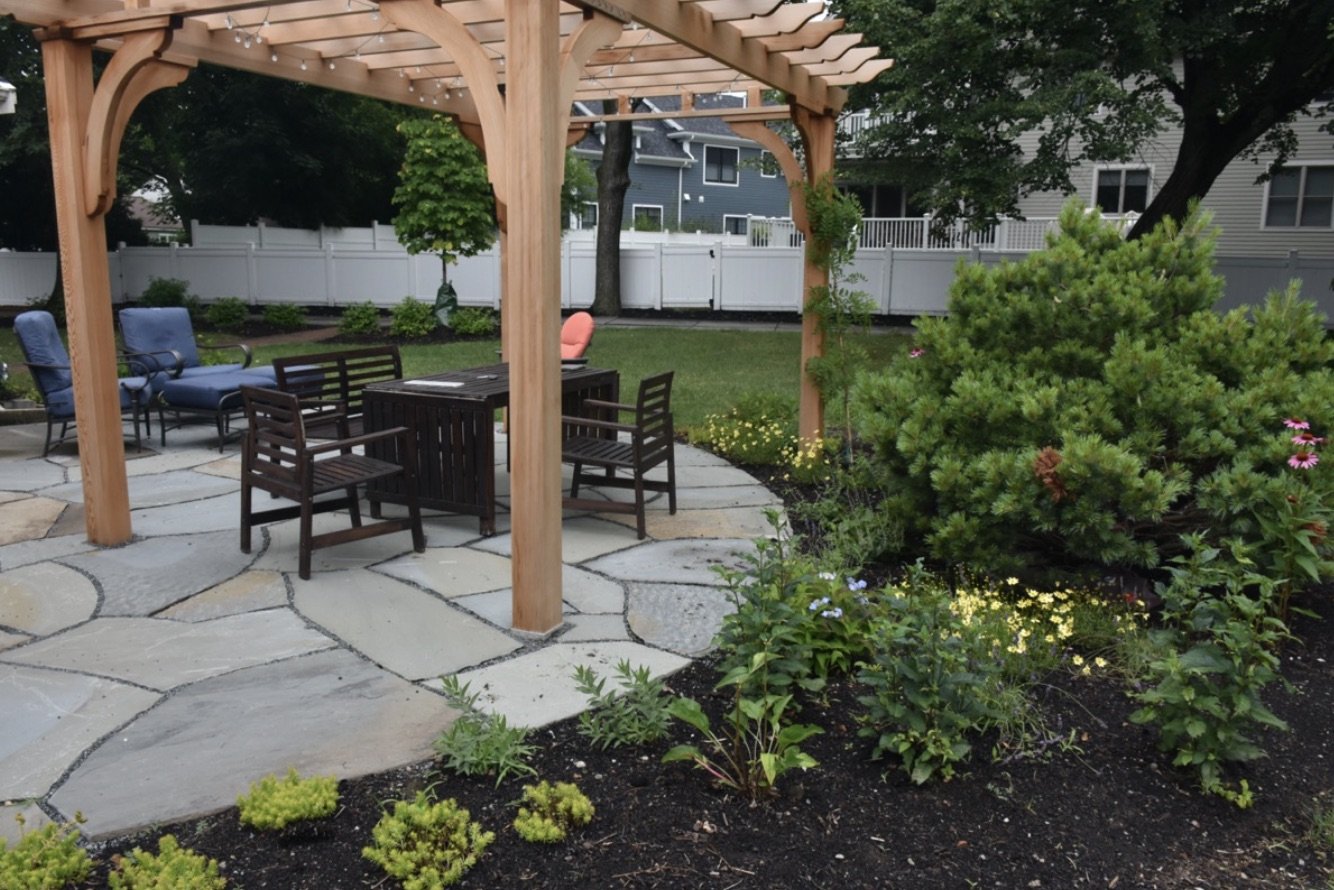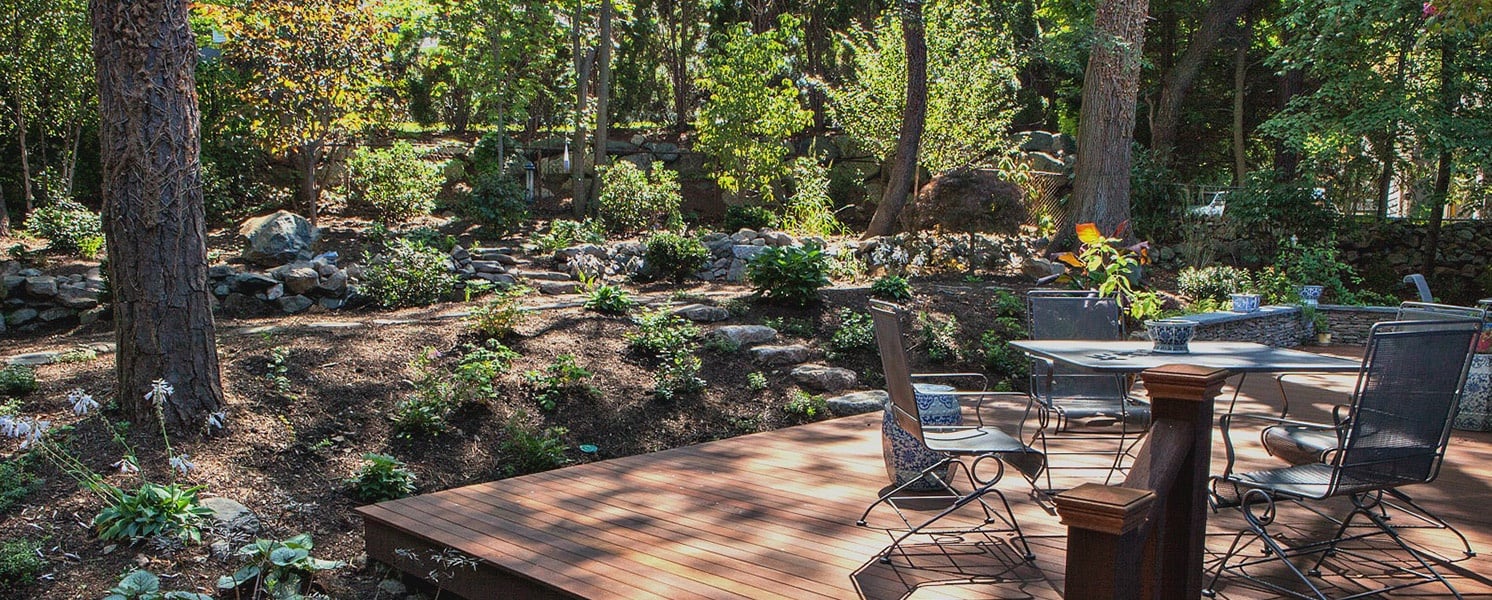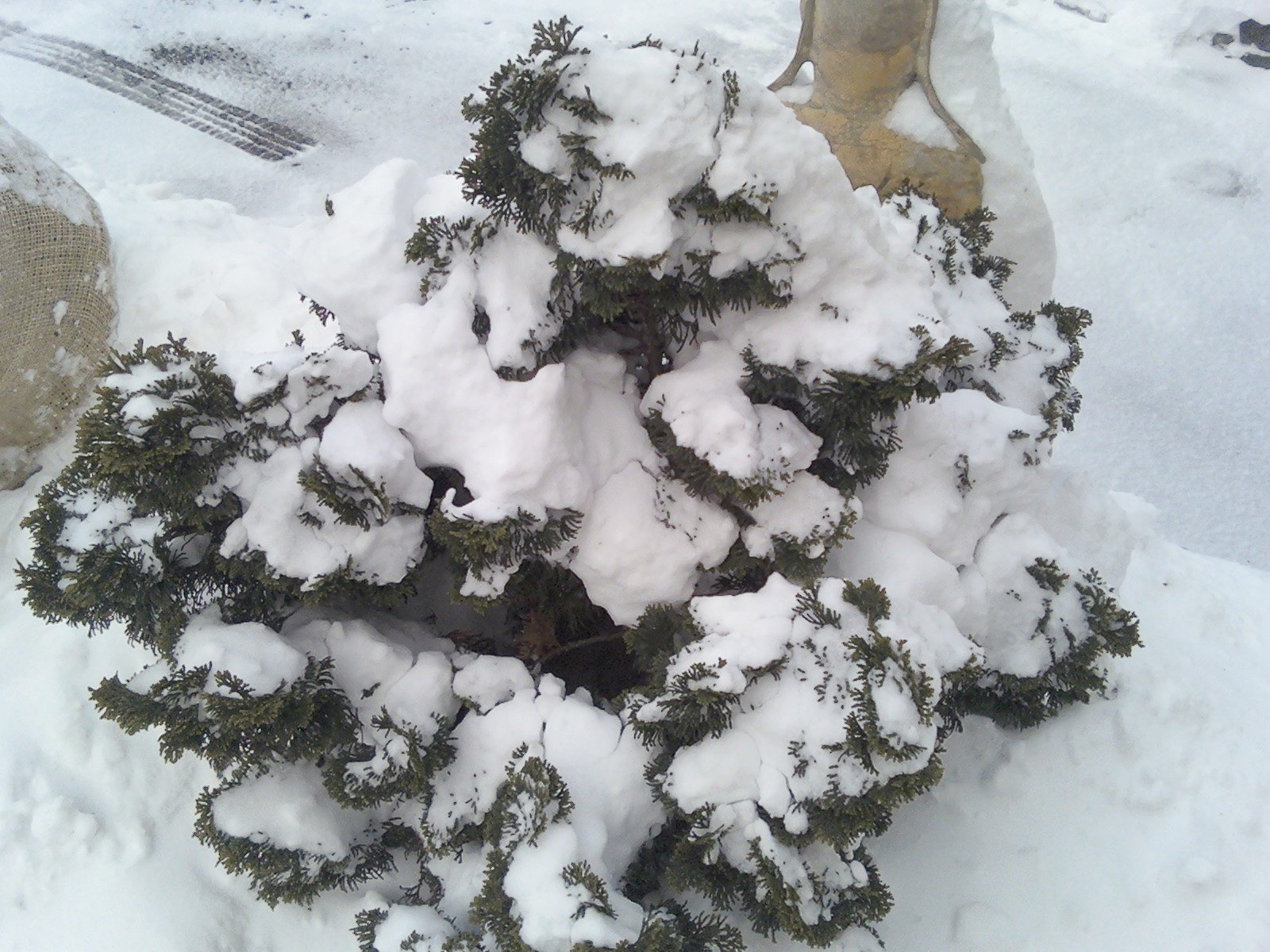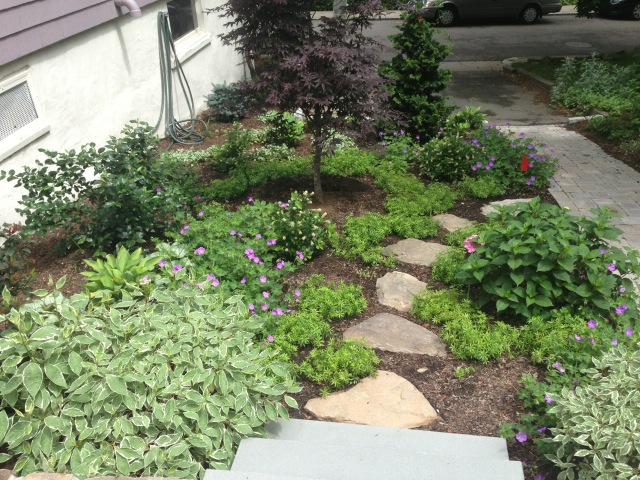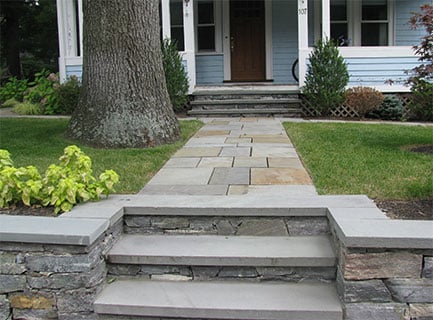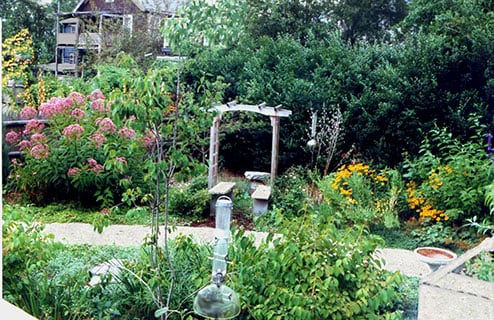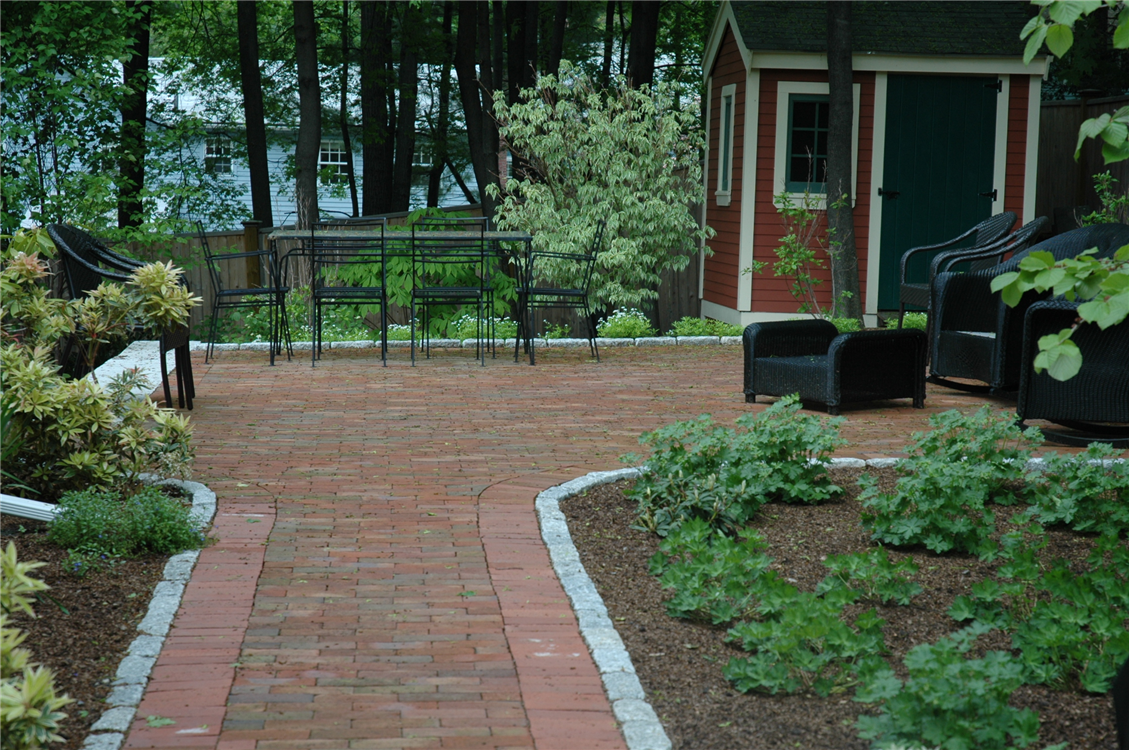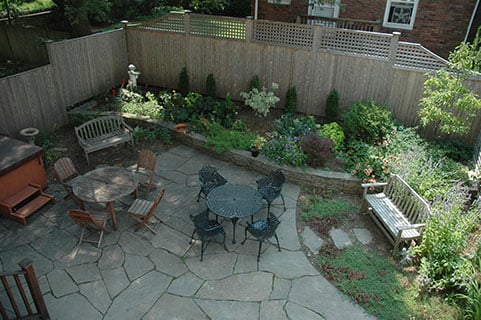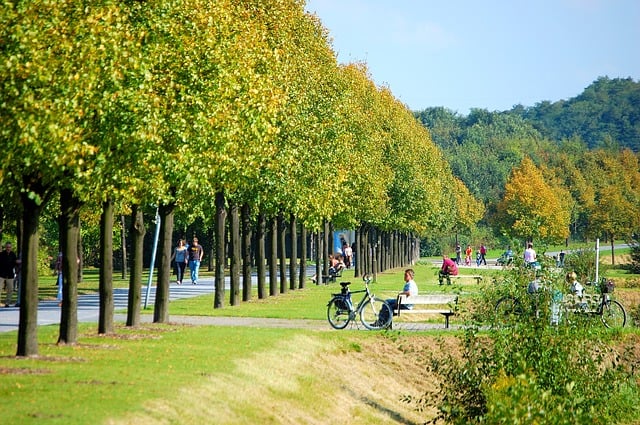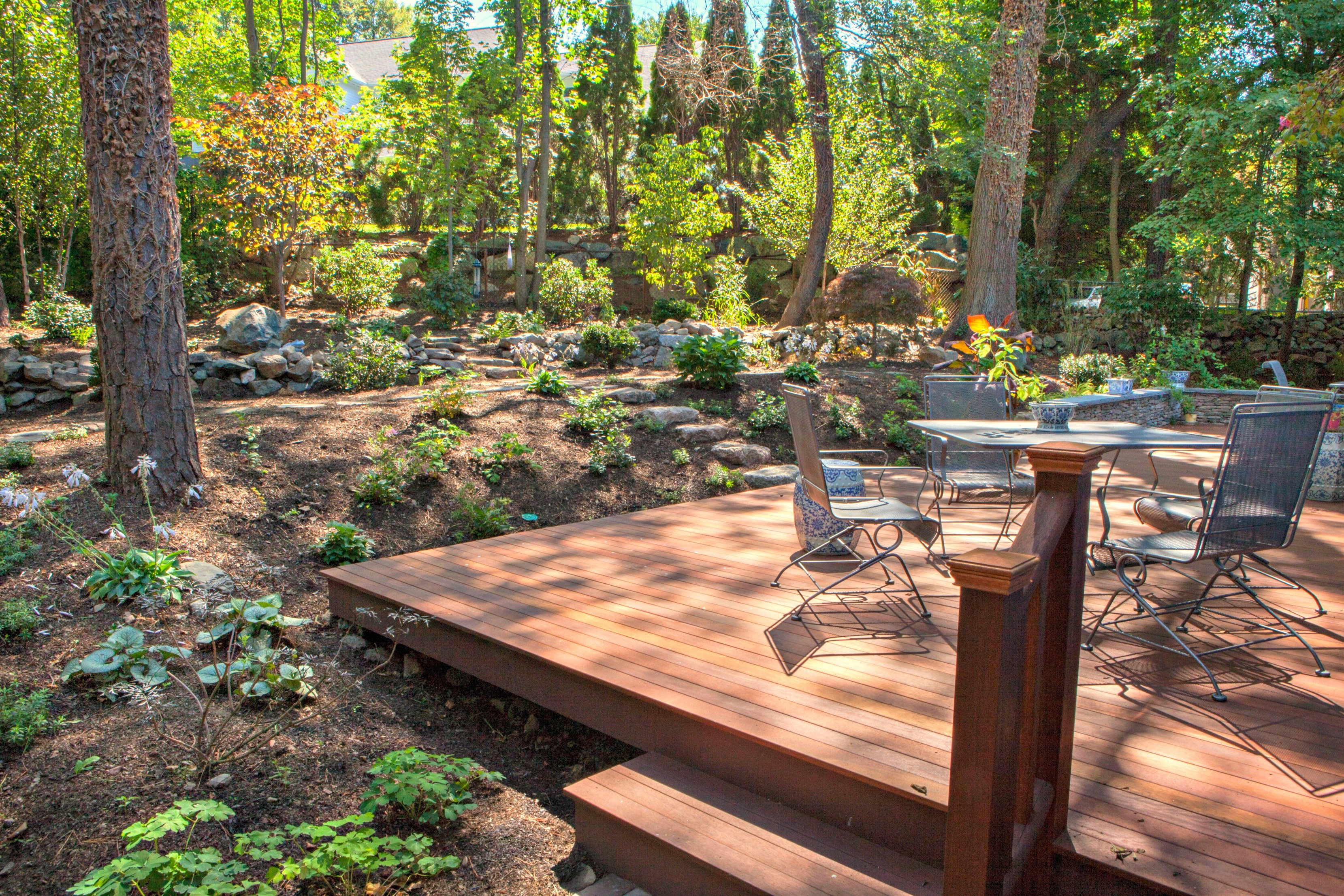As we find ourselves making our way through the dog days of summer, you may think, "Why didn’t I plant some more shade trees this spring? Or the last 10 springs!"
After a couple months of unrelenting heat, heavy humidity, and beating sun, there’s a good chance you’re wanting to take your summer fun indoors. Being in the heat is naturally exhausting, and if you allow yourself too much exposure, extreme heat can even become dangerous on the hottest, sunniest days.
The weather doesn’t have to chase you inside, though. Even if you don’t have enough sprawling shade trees in your green space, you can erect a fairly simple structure and enjoy longer stretches of lengthy summer days, not just the cooler hours of early morning and late evening.
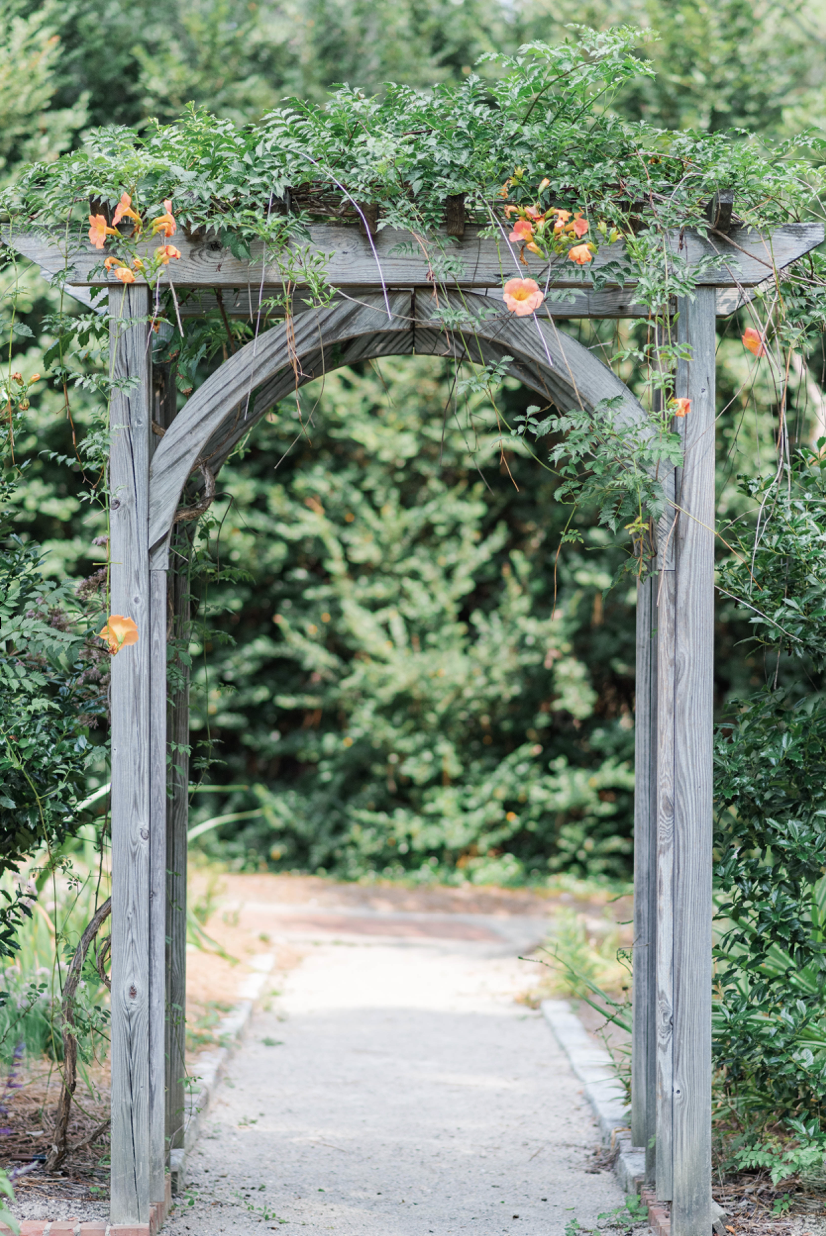
If you don’t want to wait for the saplings you bought at the nursery to develop their canopies, and you want a shade footprint that is bigger and more permanent than a patio umbrella, there are simple structures out there that can provide shade and style to your lawn. Consider an arbor or a pergola to add an extra shady spot to your garden. Not only can they provide a cool spot to hang out, but are also great support for any climbing plants you have in your yard. Their height adds an extra layer of visual interest to your outdoor space.
Arbors vs. Pergolas: What's the Difference?
Arbors and pergolas perform essentially the same function in the garden, providing shade and beauty for the gardener, and giving climbing plants a handhold to reach for the sky. The biggest difference between the two is their size. Pergolas tend to be as large as an outdoor room, and while they are sometimes freestanding, they can be made with one side supported by a building, like a house or garage.
Arbors are smaller, and may have room for some shady seating, but definitely aren’t so large as to be able to accommodate any serious outdoor dining or recreation. They are sometimes found marking the entrance to a garden, or as a resting point on a path.
Pergolas tend to have open sides (sometimes with curtains or mosquito netting as an optional feature), while arbors are likely to have trellises forming two sides to allow vining or climbing plants to more easily ascend the structure. Arbors often are arched across their tops.
Should You Build or Buy an Arbor or Pergola?
Just like with anything, there are pros and cons to building a unique arbor or pergola and buying a prefab kit.
Building your own shade structure allows you to choose the square footage and height of the arbor or pergola. Additionally, the quality and finishes of the materials you use will be entirely up to you, allowing further individual expression. As far as building goes, these types of structures are fairly simple, but do require some skillful measuring, cutting, and assembly.
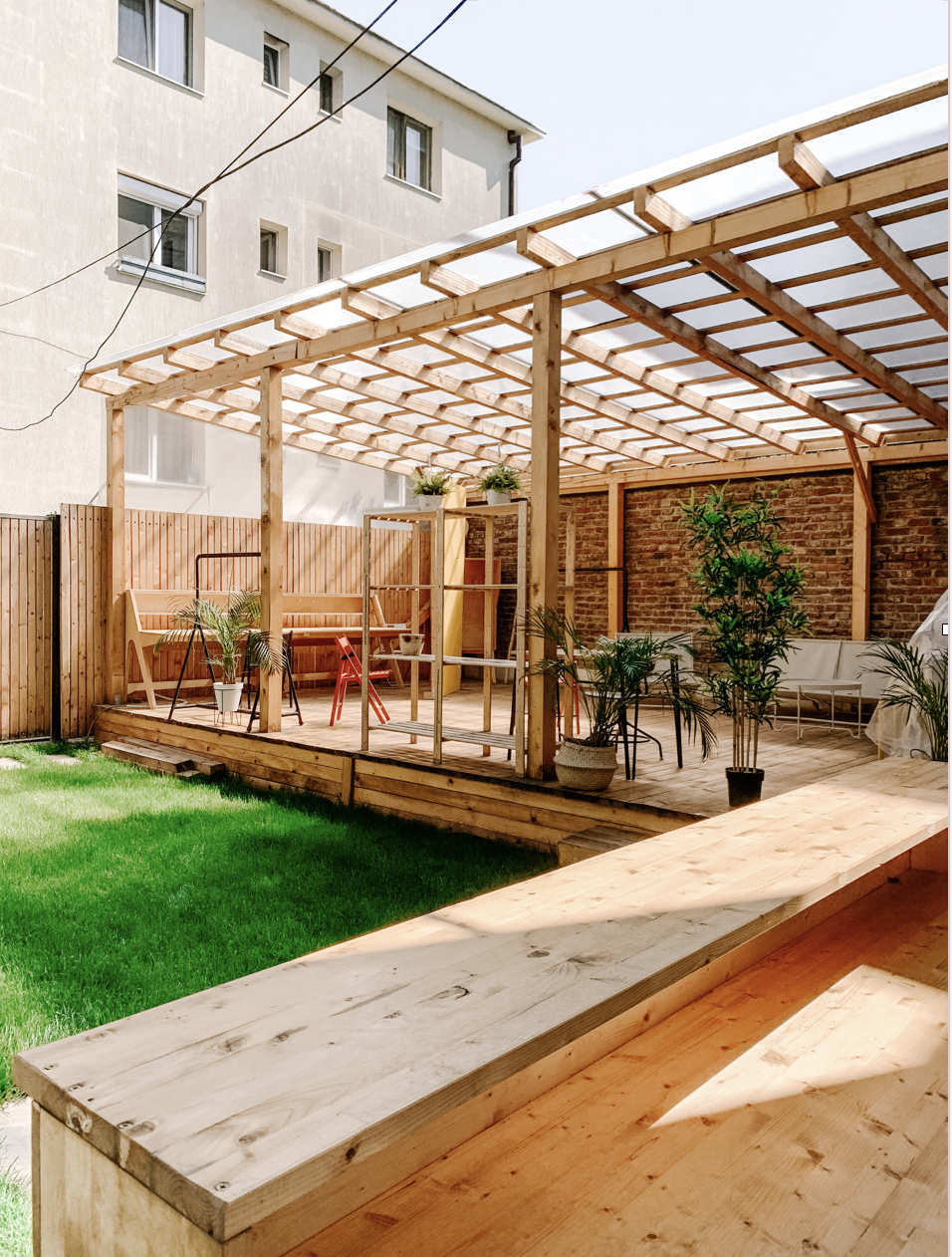
Kits can be purchased online or in stores for both arbors and pergolas. With instructions and hardware included, and with everything pre-cut and measured, this route is considerably simpler, and is a great option if you don’t mind having little room for customization.
To get the best of both worlds (customization with little effort) local builders can design and complete this type of project fairly quickly (but of course, prices will vary).
Bumping Up the Cool Factor of Arbors and Pergolas
You’ve erected your new arbor or pergola, but how can you make it even cooler? There are a few ways to maximize your comfort under your new garden feature. Adding gauzy curtains to the sides of your structure that can be drawn to stave off sunbeams and opened to let in the breeze will also help to increase the comfort of you and your guests under your new spot to relax outdoors.
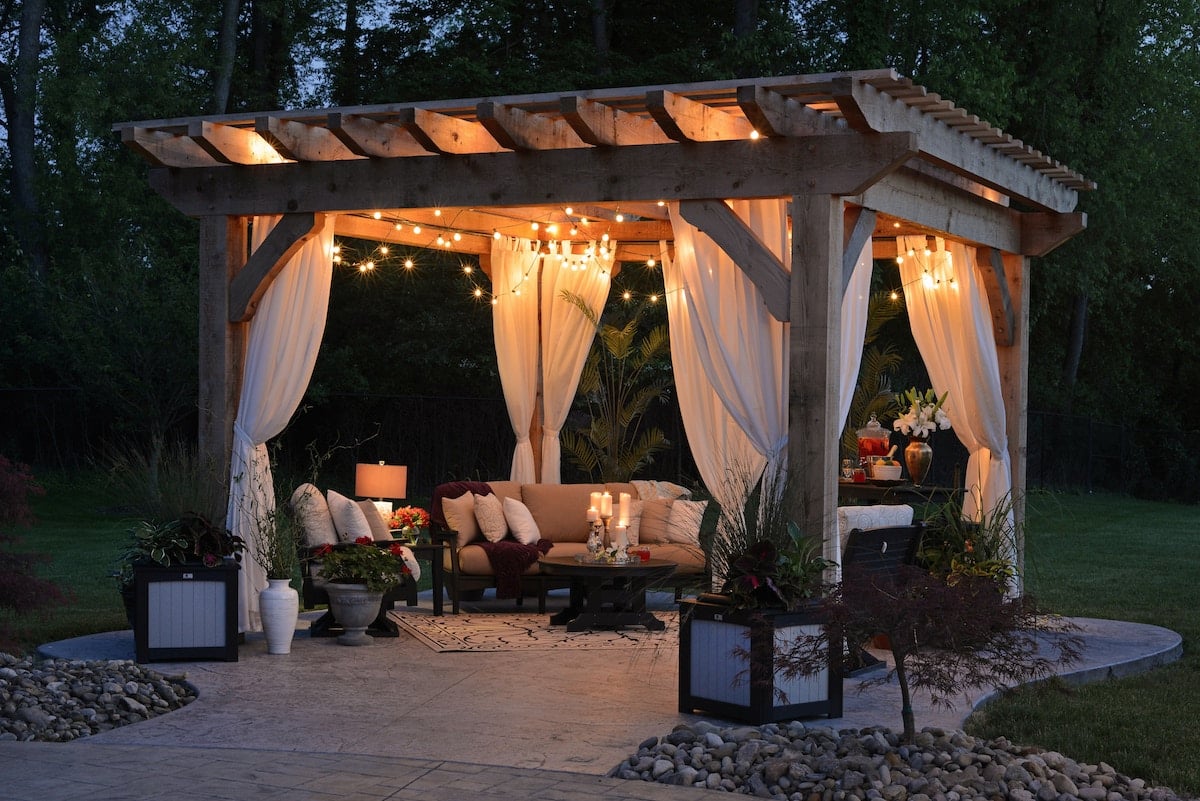
Selecting climbing plants that will use your structure as a support for vertical growth will lead to more shade. Plants like climbing roses, wisteria, honeysuckle, hops, clematis, and climbing grapes grow fairly quickly and will fill in the gaps in the roof of your arbor or pergola, increasing your shaded area considerably. The shade, the scents, and in some cases, the taste of these plants add wonderful layers to your new space.
Shade cloth across the roof will also help to block out some heat. This is particularly helpful while you’re waiting for your vining plants to take off.
Once you install a vertical structure in your garden, you begin to see its value beyond the shade it provides. It will easily become something that can provide shelter year round and can help you to enjoy more hours outdoors throughout every season.
Having a vertical structure will help to increase your growing space, and draws the eye in a way that makes your outdoor area more visually stimulating. With your first tall structure in place, you may begin to consider more possibilities in other areas of your yard, growing your garden in beauty and comfort.
To learn more about how you can create an outdoor space you love, download our free ebook, 8 Essential Elements of a Spectacular Outdoor Living Space You'll Want to Spend All Day In. If you're ready to start discussing your own project, contact us to learn more about our talented team of landscape professionals can help you bring your vision to reality.


